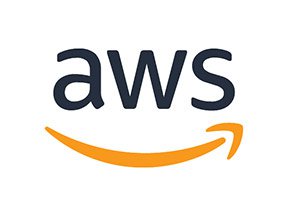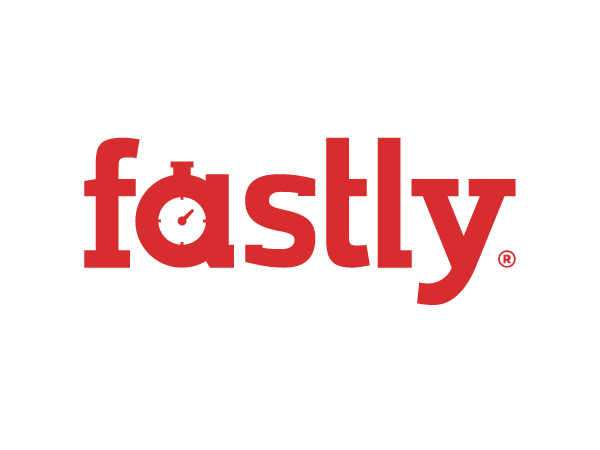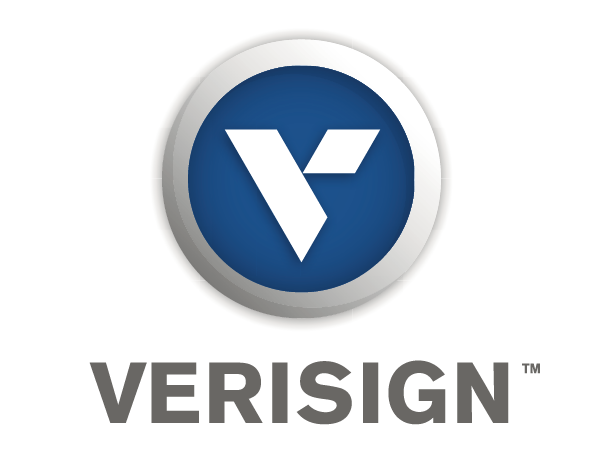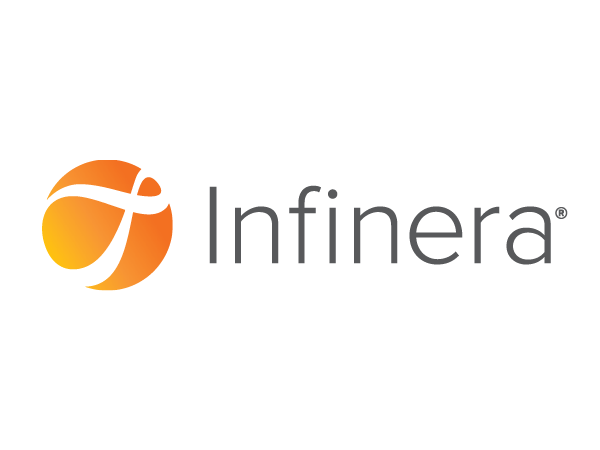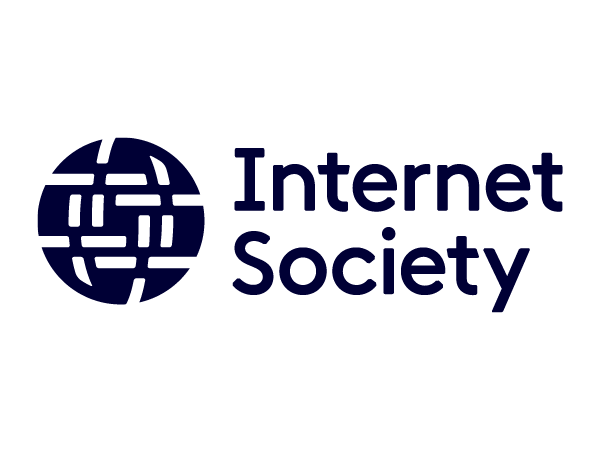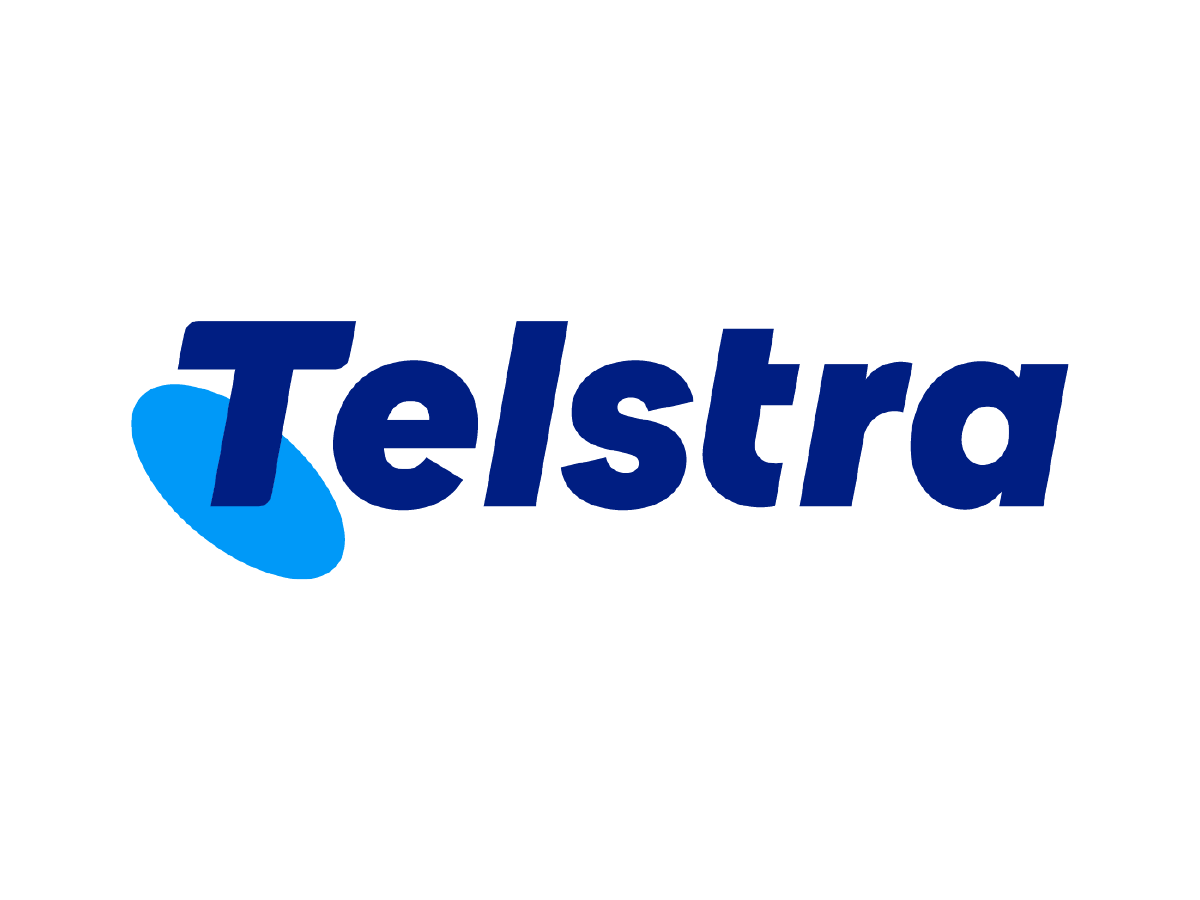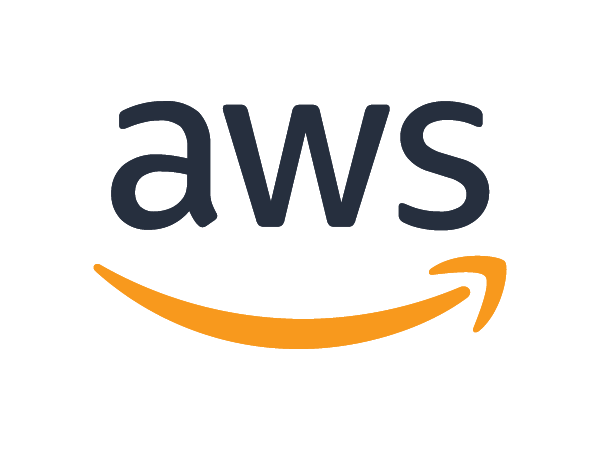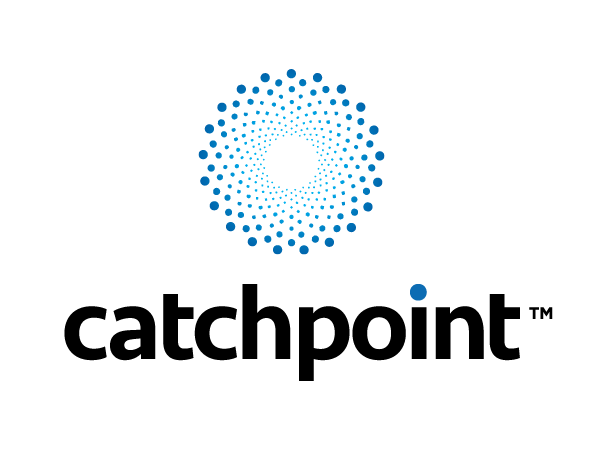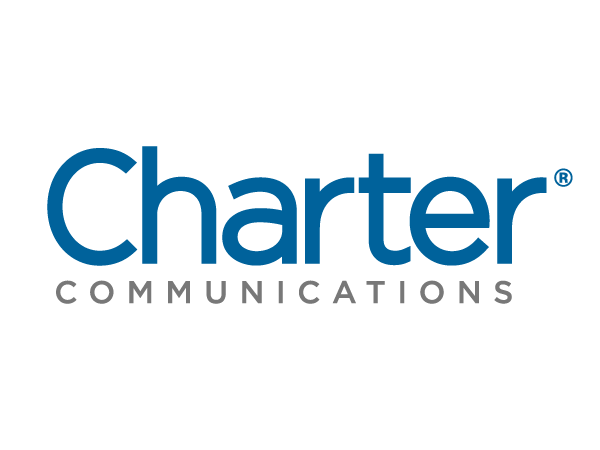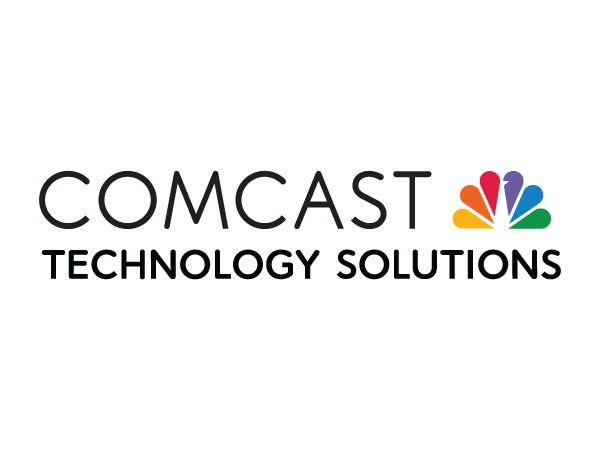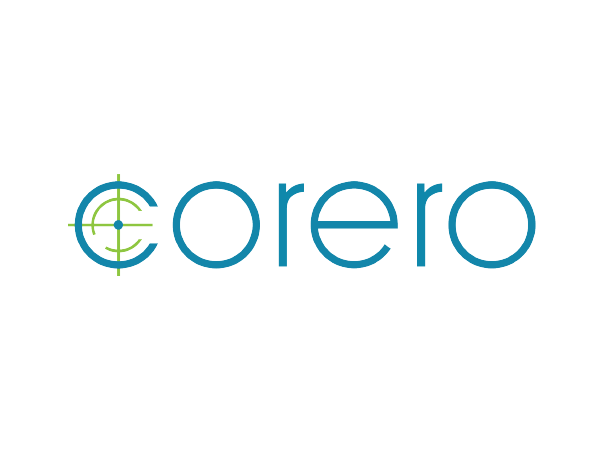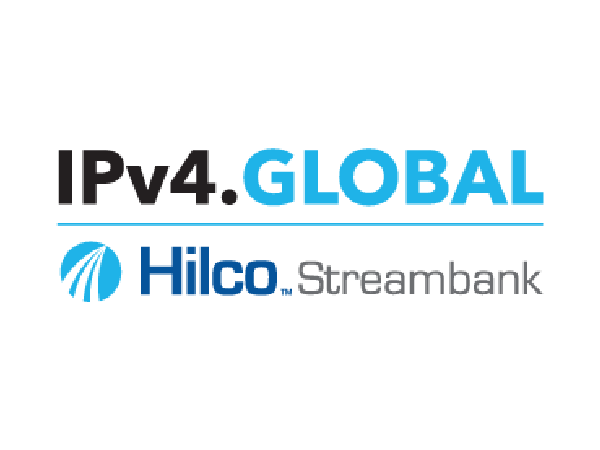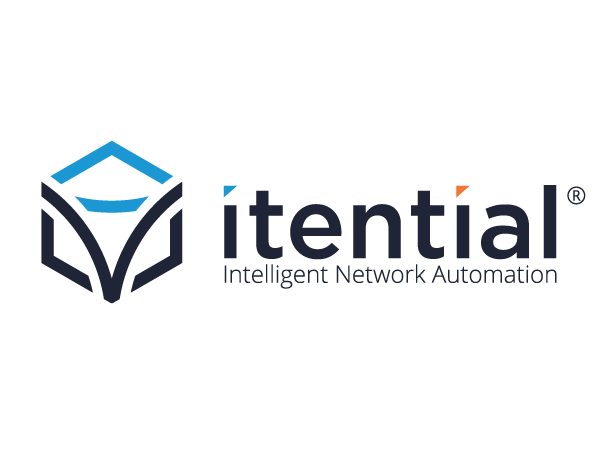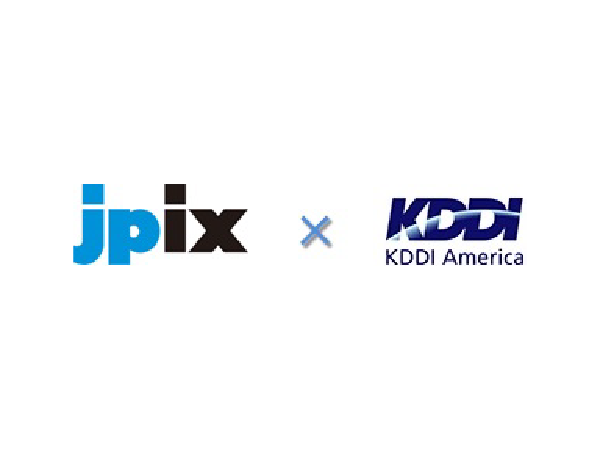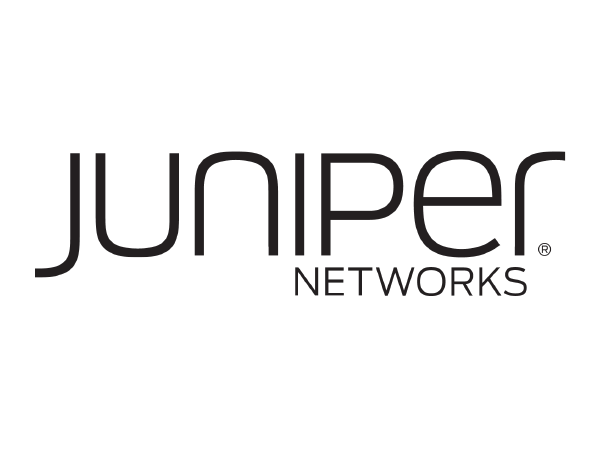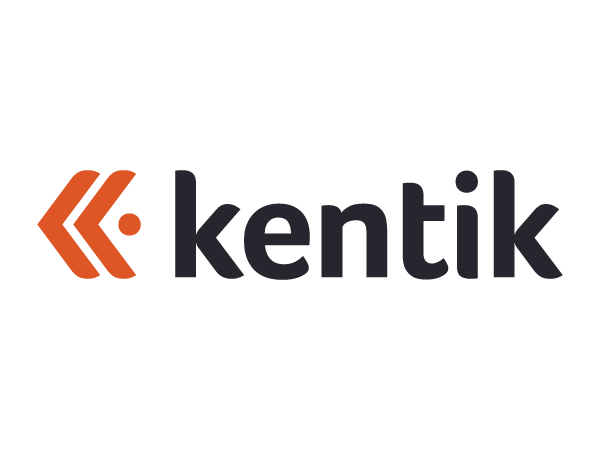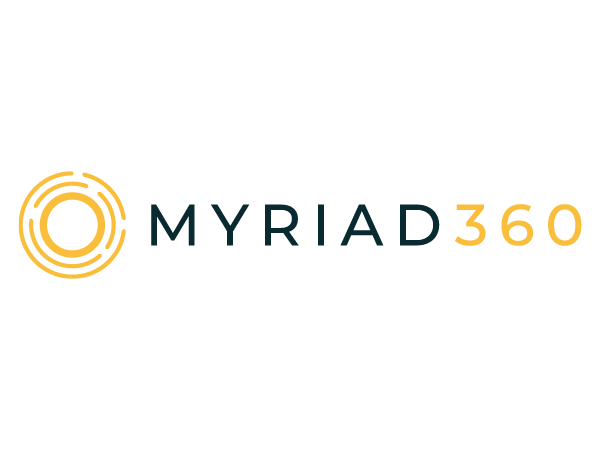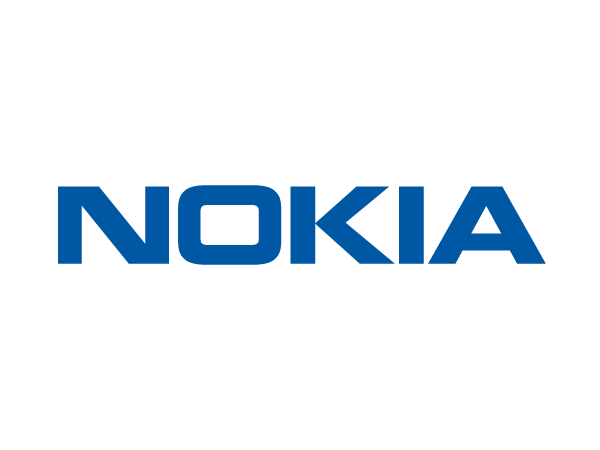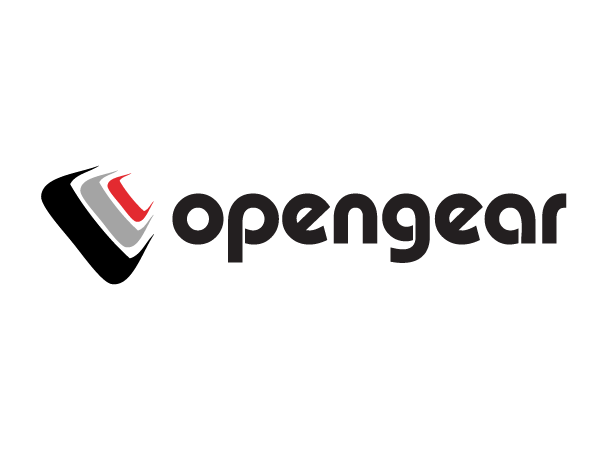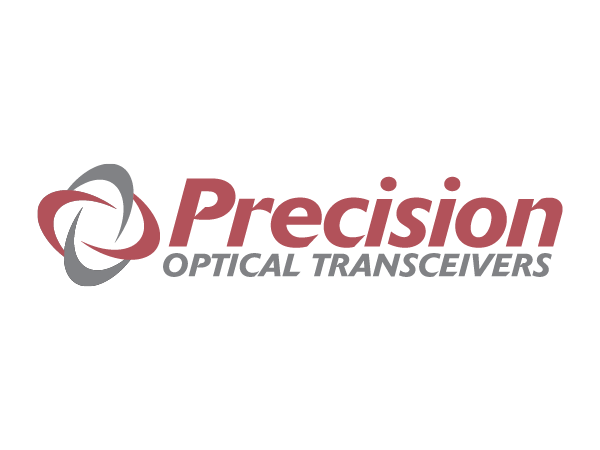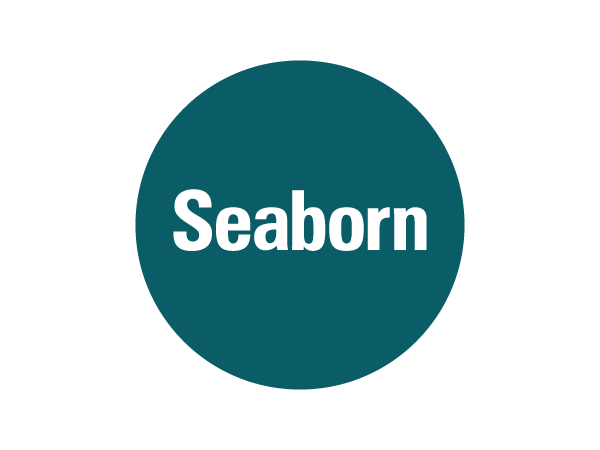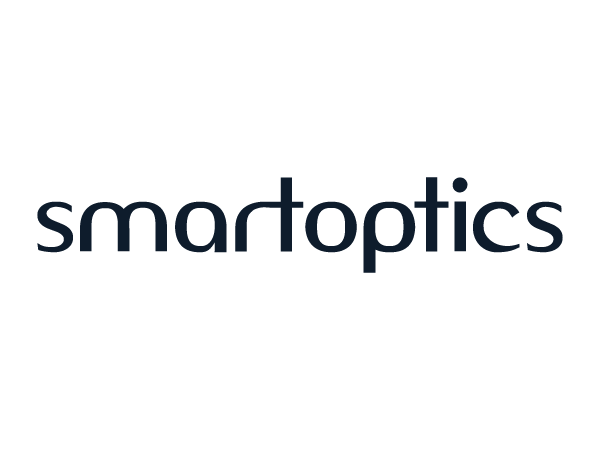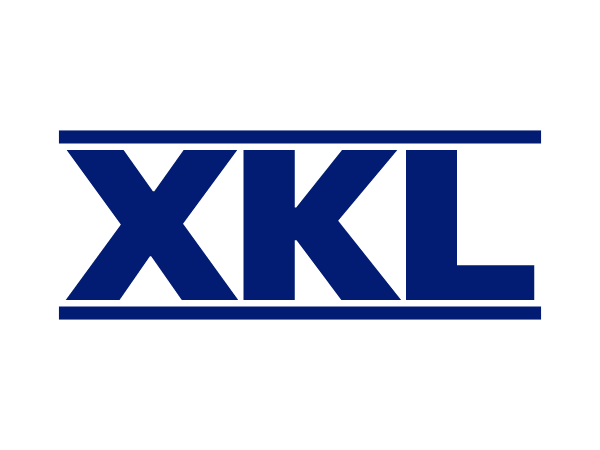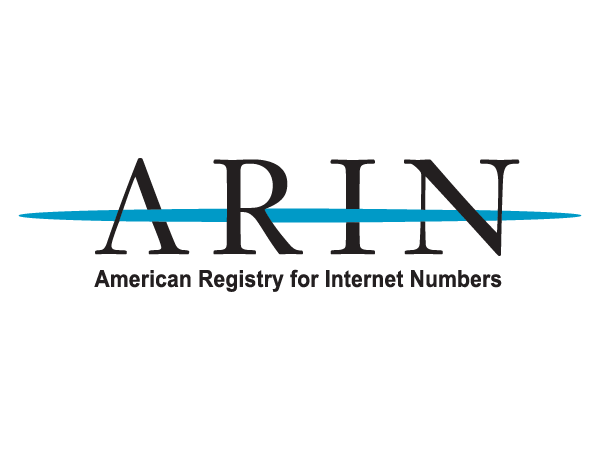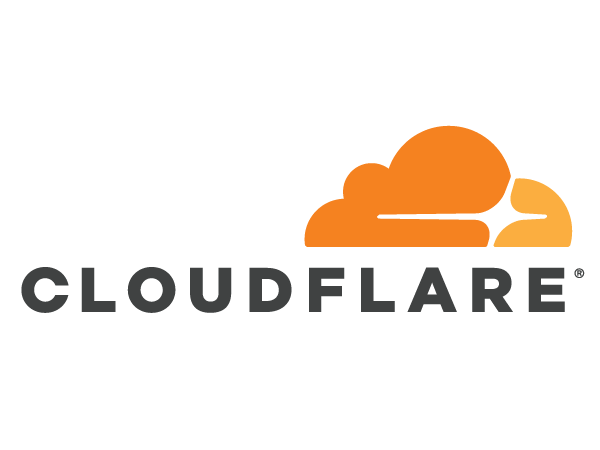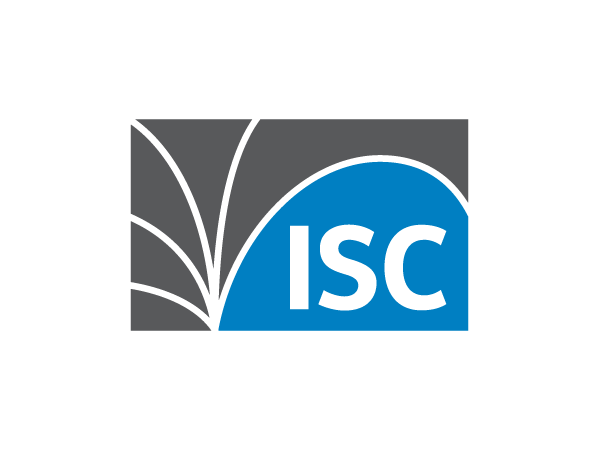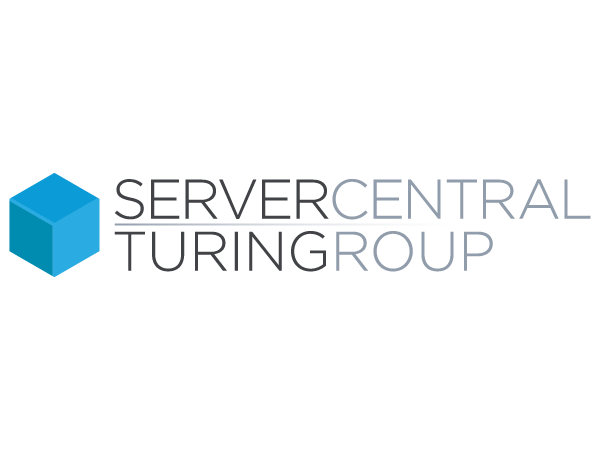Agenda
- Events
- NANOG 80 Virtual
- Agenda

Agenda is listed in Eastern Daylight Time
Sign In with your NANOG account credentials and you can create a personally customized .ics file when you click the on agenda item(s) you don't want to miss. Click on any talk title in the agenda to view the full abstract and speaker info.
Monday, October 19, 2020
| Topic/Presenter |
|---|
NANOG 80 Conference Opening
L Sean Kennedy
Fredrik Korsback
Vincent Celindro - Juniper Networks
Full AbstractWelcome to NANOG 80 - Virtual Speakers
|
Starting a telephone company in 2019, or How I built fiber to my neighbors
Jared Mauch - Akamai
Full AbstractThere are many areas that are underserved when it comes to internet access. When you move someplace you might expect that population development will bring it as time goes on, but that is not always the case. This will document my journey in going from homeowner to a regulated competitive access provider and providing internet access to my neighbors, with many photos and descriptions of the problems along the way. Speakers
|
gnmi-gateway
Colin McIntosh - Netflix
Full AbstractThe role of streaming telemetry in network management has grown in recent years. As adoption of streaming telemetry grows, more robust systems will be needed to manage such data in large and complex networks. gnmi-gateway is a new open source system that is used at Netflix and has been released as part of the OpenConfig working group to collect and distribute OpenConfig-modeled gNMI data from network devices. This presentation will review the capabilities and use cases for gnmi-gateway as well as the goals and design of the system. The presentation will conclude with a demo of gnmi-gateway being setup with an example configuration. Speakers
|
Full AbstractPut your NANOG + network engineering knowledge to the test with a round of Kahoot trivia during the last 15 minutes of the break. Sponsors: |
FilesFull AbstractAre you a Newcomer to NANOG? Would you like to network with other Newcomers and NANOG veterans? Join us for the Zoom Session! Join Zoom Meeting Meeting ID: 950 7396 7648 Dial by your location |
|
|
It is time...to replace MD5
Melchior Aelmans - Juniper Networks
Full AbstractThere have been many recent concerns about TCP MD5. Its use of a simple keyed hash for authentication is problematic because there have been escalating attacks on the algorithm itself. TCP MD5 also lacks both key-management and algorithm agility. In this talk I want to present an often talked about but till now never implemented solution to this issue; The TCP Authentication Option (TCP-AO). Speakers
|
2020 Board of Directors Candidate Forum
Kendra Pignotti - DE-CIX
Vincent Celindro - Juniper Networks
Tom Daly - Fastly, Advisor
Tom Kacprzynski
L Sean Kennedy
Tina Morris - Amazon Web Services
Brad Raymo - StackPath
Full AbstractDuring the Candidate Forum, each candidate will have up to 2 minutes for a personal statement before moving into a Q&A session. At the end of the Q&A session, each candidate will again have up to 2 minutes for a closing statement. The Election Committee is asking for your questions. Do you have any burning questions you’d like to have the candidates address? Is there anything related to the following topics that you feel most passionately deserves discussion? Please send your questions to [email protected] by Tuesday, October 13, 2020. The Election Committee will compile all questions for use during the Candidate Forum. Speakers
|
Tuesday, October 20, 2020
| Topic/Presenter |
|---|
Full AbstractMeeting Agenda will be emailed to NANOG Members with a calendar invite that includes information on how to join the webinar. |
Keynote: Growing Up with NANOG
Jezzibell Gilmore - PacketFabric
Full AbstractJoin us for a NANOG 80 keynote, presented by Jezzibell Gilmore, Chief Commercial Officer and co-founder of PacketFabric. I would like to share how the NANOG community helped me grow as an individual, a team member, a leader, and most importantly, as a friend. As a first generation immigrant and a woman, I faced quite a few challenges. Starting as an executive assistant with no networking background, my career path was not exactly laid out in advance. But once I was in the industry, I knew it was where I needed be. Eventually I co-founded PacketFabric, received nearly $100M in funding, expanded to three continents, and have taken on the challenges of Chief Commercial Officer. While it took a lot of hard work and more than a little luck, I could not have done it without the support and inspiration of this great community. The relationships I have built by being part of the community are some of the most important of my life - business and personal. When NANOG split from Merit to an independent entity, I volunteered to help with sponsorships to keep the new organization solvent. That lead to being elected twice to the Board of Directors. Those experiences allowed me to meet amazing people and taught me invaluable lessons which help me to this day. I hope this talk can help all of you to draw strength and resources from our community in your journey to success, as I have. Speakers
|
Experiences with multi-layer network modeling
Anees Shaikh - Google
Full AbstractNetwork automation depends on detailed, explicit representations of data about the state of a network and about an operator's intent for its networks. In particular, we must explicitly represent the desired and actual topology of a network. Almost all other network-management data either derives from its topology, constrains how to use a topology, or associates resources (e.g., addresses) with specific places in a topology. In this talk, we describe our experience in designing and implementing MALT, a Multi-Abstraction-Layer Topology model that supports the full lifecycle of network management: design, deployment, configuration, operation, measurement, and analysis. MALT provides a common schema and toolchain across our network-management software, and its support for abstraction allows us to explicitly tie low-level network elements to high-level design intent. We also describe the software systems that support MALT, and the numerous, sometimes painful, lessons we learned about curating a comprehensive, and evolving, model for our networks. Speakers
|
Finding and Profiling BGP serial hijackers
Cecilia Testart
Full AbstractBGP hijacks remain an acute problem in today’s Internet, with widespread consequences. While hijack detection systems are readily available, they typically rely on a priori prefix-ownership information and are reactive in nature. In this work, we take on a new perspective on BGP hijacking activity: we introduce and track the long-term network behavior of serial hijackers, networks that repeatedly hijack address blocks for malicious purposes, often over the course of many months or even years. Based on a ground-truth dataset that we construct by extracting information from operator mailing lists, we illuminate the dominant network characteristics of serial hijackers, and how they differ from legitimate networks. We then distill features that can capture these behavioral differences and train a machine learning model to automatically identify Autonomous Systems (ASes) that exhibit characteristics similar to serial hijackers. Our classifier identifies some ~1,000 potentially misbehaving ASes in the global IPv4 routing table. We analyze and categorize these networks, finding a wide range of indicators both for malicious activity, misconfiguration, as well as benign cases of hijacking activity. Our work presents a solid first step towards identifying and understanding this important category of networks, which can aid network operators in taking proactive measures to defend themselves against prefix hijacking and serve as input for current and future detection systems. Speakers
|
AS Path Prepending: there is no rose without a thorn
Pedro Marcos
Full AbstractASPP is a technique that inflates the AS path---a BGP attribute. Since the length of the AS path is the second tie-breaker in the BGP best-path selection, ASPP can steer traffic to other routes. Despite being simple and easy to use, among operators and researchers the appreciation of ASPP is diverse. Some have questioned its need, effectiveness, and predictability, as well as voiced security concerns. Inspired by this controversy, we revisit ASPP. Our longitudinal study shows that ASes widely deploy ASPP, and its utilization has slightly increased despite public statements against it. We surprisingly spot roughly 6k ASes originating at least one prefix with prepends that achieve no ITE goal. With active measurements, we show that ASPP effectiveness as an ITE tool depends on the AS location and the number of available upstreams; confirm that ASPP security implications are practical; identify that more than 18% of the prepended prefixes contain unnecessary prepends that achieve no apparent goal other than amplifying existing routing security risks. We validate our findings in interviews with 20 network operators. Speakers
|
Full AbstractPut your NANOG + network engineering knowledge to the test with a round of Kahoot trivia during the last 15 minutes of the break. Sponsors: |
FilesFull AbstractWould you like to participate in the WIT Networking Session at NANOG 80? Join us for the Zoom Session! Join Zoom Meeting Meeting ID: 949 9978 4680 Dial by your location |
|
|
Tutorial: Troubleshooting with Traceroute
Richard Steenbergen - Petabit Scale
Full AbstractAn in-depth tutorial on how to troubleshoot networking issues with Traceroute. Speakers
|
Full AbstractAs a member of the networking team I need to monitor network health metrics in such a way that allow me to take action. As a use-case consider interface transceiver Digit Optic Measurements (DOM) that include receive power, transmit power, and temperature. It is not enough to collect and report these optic values. We need to know if the metric is within normal operating thresholds, within a warning threshold, or within an alarming threshold so that we can take action on those interfaces that are an issue. We also want to associate context data to these metrics, for example: the device hostname, the device role, the interface name, and the interface description. We use this context data to help orient ourselves to the severity and impact of any anomalies. For example an alarming threshold on a core WAN interface may be higher priority than an alarming threshold on another type of interface. This presentation will showcase an optics monitoring solution supporting multiple vendors and network operating systems, built using Grafana, InfluxDB and other open-source tools. The presentation will discuss the motivation for needing health monitoring systems that allow for the user-defined derived metrics to create actionable status. The audience will learn what it takes to build these types of solutions, the solution architecture, deployment topics, and scalability topics. Speakers
|
The Day I Broke All The Treadmills
Jen Linkova
Full AbstractThe presentation tells the story of migrating Google enterprise Guest network to IPv6-only mode. Motivation, approach, metrics and results are discussed. War stories told (time permitting). Speakers
|
Wednesday, October 21, 2020
| Topic/Presenter |
|---|
Keynote: The Awe, Angst, and Challenge of Being a Networker in 2020
Avi Freedman - Kentik
Full AbstractNetworks make the digital world go, and as 2020 has progressed, the understanding of the criticality of the digital world to our lives has grown dramatically! Networking was already a complex and rapidly evolving field, mixing many simple concepts, inter-dependence among competitors, a belief by some that networking is being abstracted away, an understanding that automation is critical, but more marketing than hype towards the dream of closed-loop automation. In this talk, Avi will cover what's changing, what we're aspiring to, what we're behind on, what you're not behind on unless you listen to Marketing BS, a few concrete steps you can take to keep up and even ahead, and some suggestions for the broader NANOG and networker communities to help interest, initiate, inspire, and invest in new and diverse generations of networkers. Speakers
|
Full AbstractThe NANOG Hackathon is back for NANOG 80. All virtual, it was held the weekend before the NANOG conference. Participants worked individually or self-organized into teams to work on software passion projects or learn a new technology. This is a presentation on a few noteworthy projects. Speakers
|
NANOG 80 Community Meeting
Edward McNair - Right-Brain Consulting
Kat Ronay - Microsoft
Speakers
|
Lightning Talk: Lightning Talk - How to Try IPv6 @Home
Yordan Sutanto
Full AbstractThere's a fun and secure way to try IPv6... at home! In this presentation, I will show you how I setup an IPv6 home network using Ubiquiti USG and 2 Raspberry Pis. This home project is affordable, reliable, and easy to maintain. It was fun and I learned a lot. Speakers
|
Full AbstractTopics for the NANOG 80 BoF are: Join with peers in a Zoom Session to discuss a shared interest topic. Meeting ID: 937 3838 7647 Dial by your location |
|
|
Measuring RPKI
Geoff Huston - APNIC
Full AbstractThe presentation explores the measurement of the effectiveness of Route Origin Validation filtering as a user-centric measurement. By this it is meant that we are not looking at counting ROAs or counting the folk to retrieve ROA data from the RPKI distributed repository framework, but looking at this from the perspective of the user base: what proportion of users can reach a site if the route for this site is invalid in Roa Validation terms. Thepresentation explorers the methodology to make the measurement and looks at the first set of results for this measurement. Speakers
|
Speakers
|
Panel: Why Do We Still Have DDoS Attacks?
John Kristoff - NETSCOUT / Dataplane.org
Carel Bitter - Spamhaus
Roland Dobbins - Netscout/Arbor
Damian Menscher - Google
Allison Nixon
RecordingsFull AbstractThis panel discussion brings together leading network and security experts for a lively discussion on the current state and future of DDoS attacks. Every year new claims of withstanding the world's largest DDoS attack appear as if this is a desirable badge of honor. How does one conclusively determine how large a global attack even is? For years many have decried the lack of ubiquitous deployment of source address validation as a significant factor in the problem. Must we concede SAV deployment will never be complete? Most networks seem unable to mitigate DDoS without help, but DDoS mitigation services can be extremely costly. Are networks increasingly at the mercy of expensive mitigation solutions or is there a future where DDoS attacks become a historical phenomenon? Botnets and booter services have shown to be driven in large part by a profit motive, but prevention, disruption, and law enforcement response is often painstakingly limited. Little seems to have changed over the years, which leaves us to wonder, why haven't we solved this problem? These questions and more will be fielded and debated by our esteemed colleagues, and you in the Q&A to follow our brief discussion. Speakers
|
NANOG 80 Conference Closing
Vincent Celindro - Juniper Networks
Speakers
|
